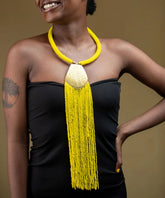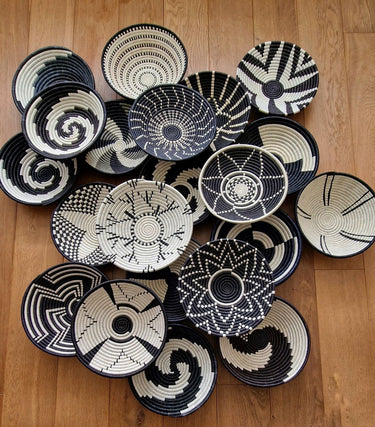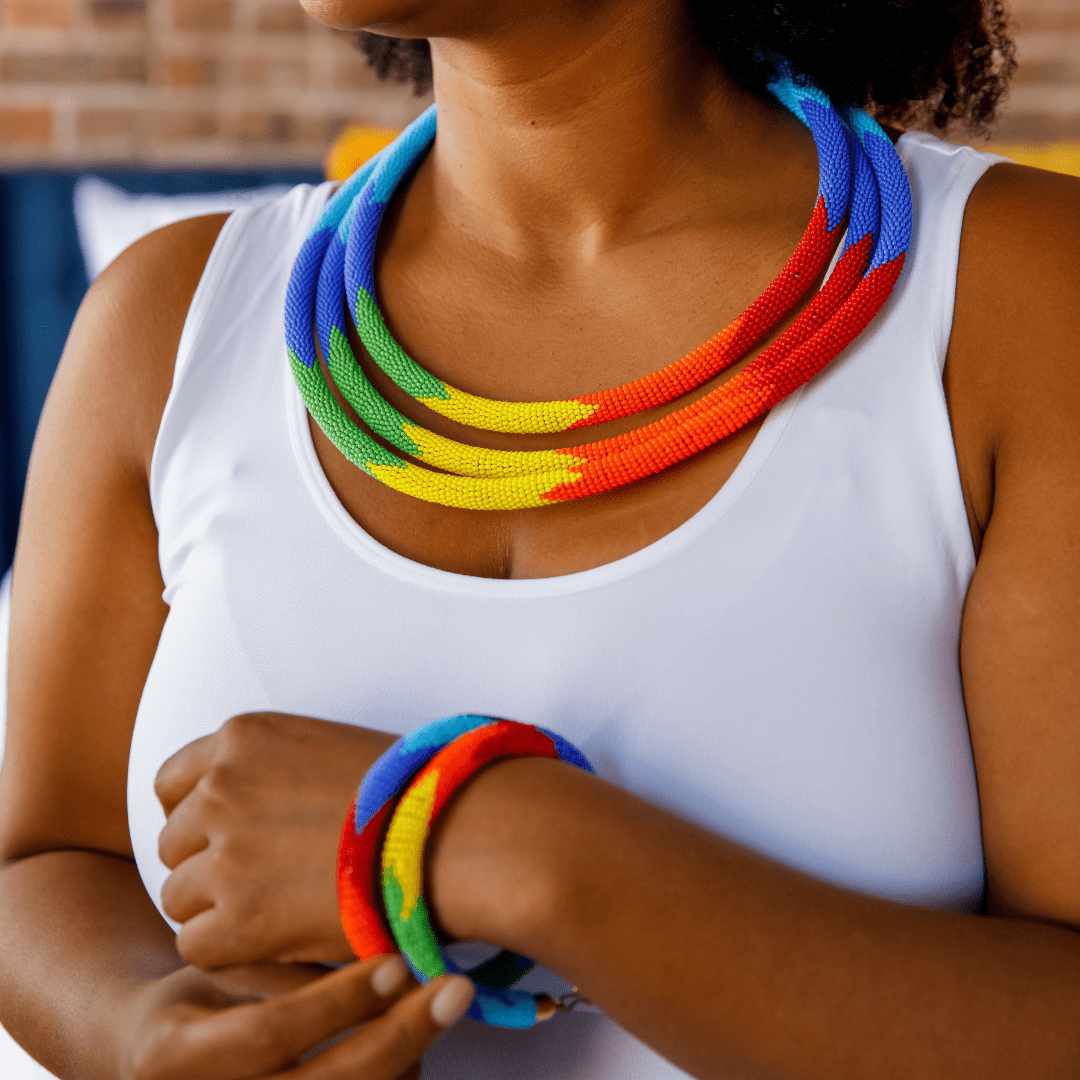Why the Maasai Wear So Many Colored Beads: A Cultural Deep Dive
The Maasai people of Kenya and Tanzania are instantly recognizable by their vibrant, multi-colored beadwork. But these dazzling adornments are far more than aesthetic—they’re a visual language, telling stories of identity, status, and tradition.
In this blog, we explore:
✅ The historical roots of Maasai beadwork
✅ What each color symbolizes
✅ How beadwork defines social roles
✅ Why modern Maasai still embrace this tradition
1. A Tradition Born from the Land
From Nature to Necklaces
Originally, Maasai beads were made from:
-
Bone, clay, and seeds (local, natural materials)
-
Copper and brass (traded with neighboring tribes)
In the early 20th century, European glass beads arrived, expanding the color palette and artistry.
Why So Many Beads?
-
Durability: Beads withstand the Maasai’s semi-nomadic lifestyle.
-
Versatility: They’re crafted into jewelry, clothing, and even home decor.
-
Cultural Pride: Adorning the body celebrates heritage.
2. The Hidden Meanings of Maasai Bead Colors
Every hue tells a story tied to the Maasai’s pastoral life and environment:
| Color | Symbolism |
|---|---|
| 🔴 Red | Bravery, unity, and the blood of the cow (a sacred animal) |
| ⚪ White | Purity, peace, and milk (a staple food) |
| ⚫ Black | The people, resilience, and the struggles of life |
| 🔵 Blue | Energy, the sky, and God’s blessings |
| 🟢 Green | Health, land, and prosperity after rain |
| 🟡 Yellow | Fertility, growth, and the sun |
Did You Know?
Red is the most dominant color because the Maasai’s name, Il-Maasai, means “people of the red cloth.”
3. Beadwork as Social Identity
For Women
-
Unmarried girls: Wear light, bright, and intricate designs to attract suitors.
-
Engaged women: Add blue and white beads (symbolizing fidelity).
-
Married women: Don large, layered necklaces (Nborro) and wide beaded collars.
For Men
-
Young warriors (Morans): Wear bold red and black beadwork (strength and courage).
-
Elders: Shift to more subdued colors (wisdom and status).
4. Modern Maasai Beadwork: Tradition Meets Global Fashion
While still deeply cultural, Maasai beadwork has evolved:
-
Collaborations with designers (e.g., Louis Vuitton, Vivienne Westwood)
-
Sustainable materials (recycled glass, eco-friendly dyes)
-
Fair Trade sales (supporting women’s cooperatives)
Ethical Tip: Buy from Maasai-owned brands like Soko Kenya to ensure artisans profit directly.
5. Why the Maasai Still Embrace Beadwork Today
Cultural Preservation
In a rapidly modernizing world, beadwork keeps traditions alive.
Economic Empowerment
For Maasai women, bead sales provide financial independence.
Global Appeal
Eco-conscious shoppers love beadwork for its handmade, sustainable nature.
How to Wear Maasai Beads Respectfully
If you incorporate Maasai-style jewelry:
✔ Learn the meanings behind colors/patterns.
✔ Support authentic artisans (avoid mass-produced knockoffs).
✔ Credit the culture (e.g., “Handmade by Maasai artisans”).
Conclusion: A Living Art Form
Maasai beadwork isn’t just beautiful—it’s a walking history book. Each piece connects the wearer to their ancestors, land, and community.
Want to own ethical Maasai beadwork? Check out our collections.




